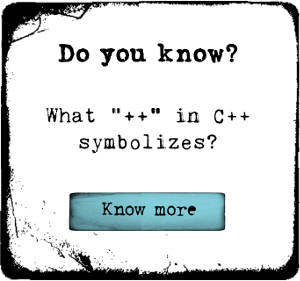Windows Internals 2

Pluralsight
Course Summary
Windows is a large and complex operating system. Understanding the way it works can help developers get the most out of it. This is a continuation course following Windows Internals.
-
+
Course Description
Software developers for Windows should understand the way Windows works, its mechanisms and algorithms, so they are able to write better software that can take advantage of Windows' strengths. This course deals with all the major terms in Windows, such as processes, threads, virtual memory and more. Whether you're a Win32 programmer, a .NET programmer or a device driver programmer, you should benefit from understanding Windows, which may help in troubleshooting difficult issues as well.
-
+
Course Syllabus
Object Management- 1h 41m
—Introduction 1m 2s
—The Object Manager 2m 24s
—Demo: Object Manager Namespace 7m 34s
—Object Structure 8m 23s
—Demo: Looking at Objects 5m 53s
—Objects and Handles 3m 38s
—Demo: Viewing Handles 11m 33s
—Handle Usage 6m 13s
—Demo: Sharing by Name 5m 26s
—Demo: Sharing by Inheritance 12m 23s
—Demo: Sharing by Handle Duplication 9m 35s
—Handle Entry Layout 3m 5s
—Demo: Handle Access Mask 7m 15s
—Object Names and Sessions 3m 41s
—Demo: Object Names and Sessions 3m 54s
—User and GDI Objects 8m 26s
—Summary 1m 4sMemory Management (Part 1)- 1h 42m
—Introduction 1m 1s
—Memory Manager Fundamentals 5m 47s
—Virtual Page States 5m 15s
—Demo: VMMap 9m 51s
—Sharing Pages 8m 13s
—Demo: Sharing DLL Code 8m 45s
—Demo: Sharing DLL Data 8m 35s
—Demo: DLL Load Address 5m 49s
—x86 Virtual Address Space Layout 6m 30s
—Demo: Enabling Large Addresses 4m 18s
—x64 bit Address Layout 5m 7s
—Virtual Address Translation 3m 7s
—x86 Virtual Address Translation 7m 23s
—x86 PDE/PTE Layout 2m 36s
—Demo: Virtual Address Translation 7m 11s
—Physical Address Extensions (PAE) 3m 37s
—x64 Virtual Address Translation 1m 19s
—Page Faults 6m 13s
—Summary 1m 47sMemory Management (Part 2)- 1h 10mMemory Management (Part 3)- 1h 4mInterrupts- 55m 57sExceptions- 54m 41s





